Re: How to Select the Right Mars-Hydro LED Grow Light for Your Specific Gardening Nee
Good stuff clownbag Happy growin'
Happy growin'
just got my lights with the mail one week ago must say i love them compared to my old ufo and the small COB sidelights i had installed. Thanks MarsHydro
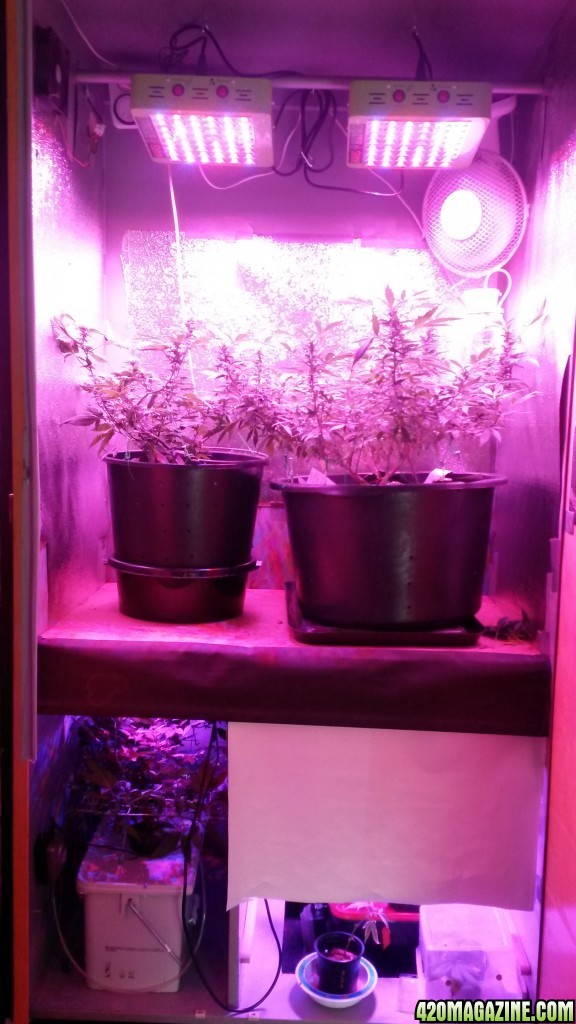
Good stuff clownbag
 Happy growin'
Happy growin'






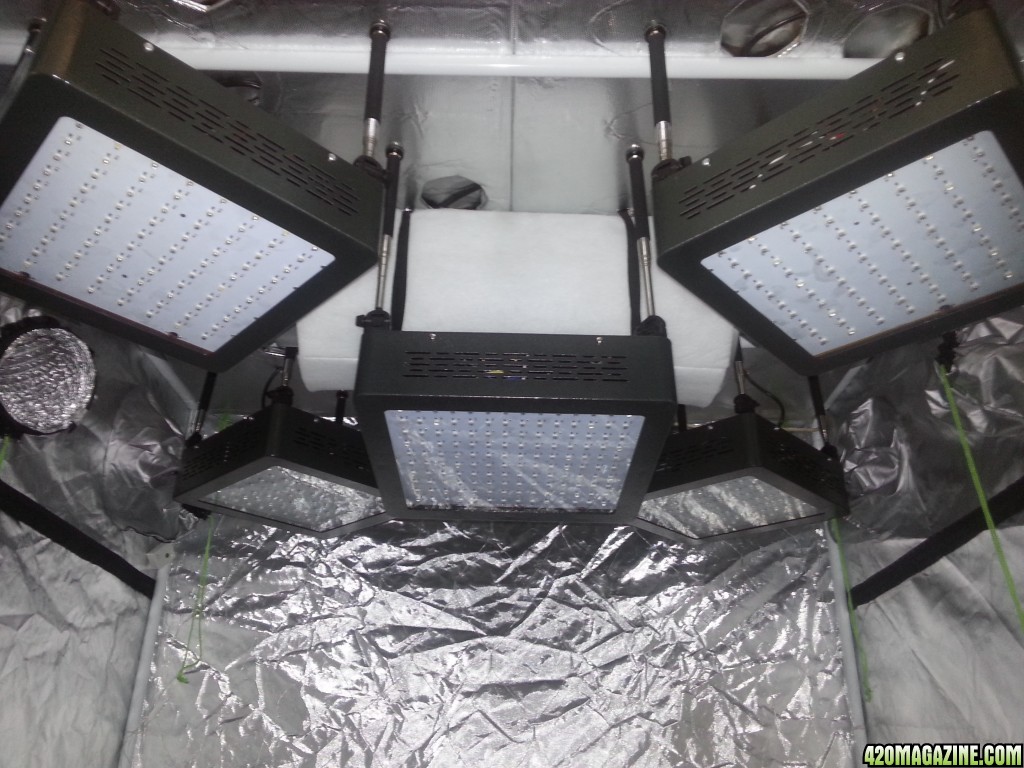
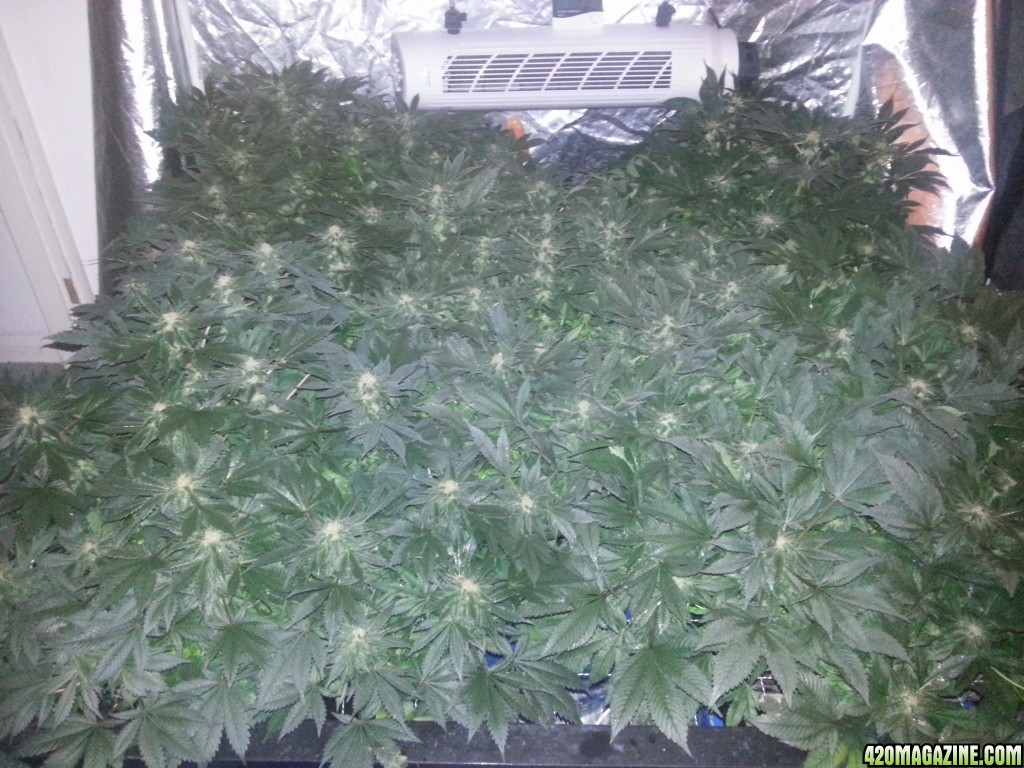
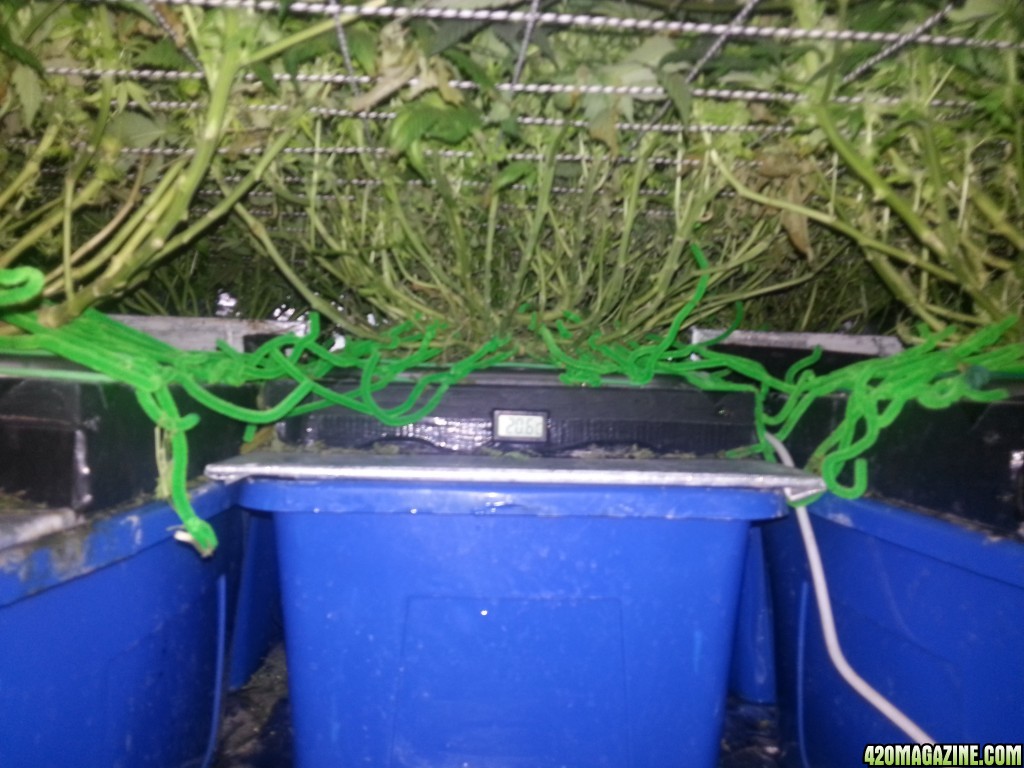
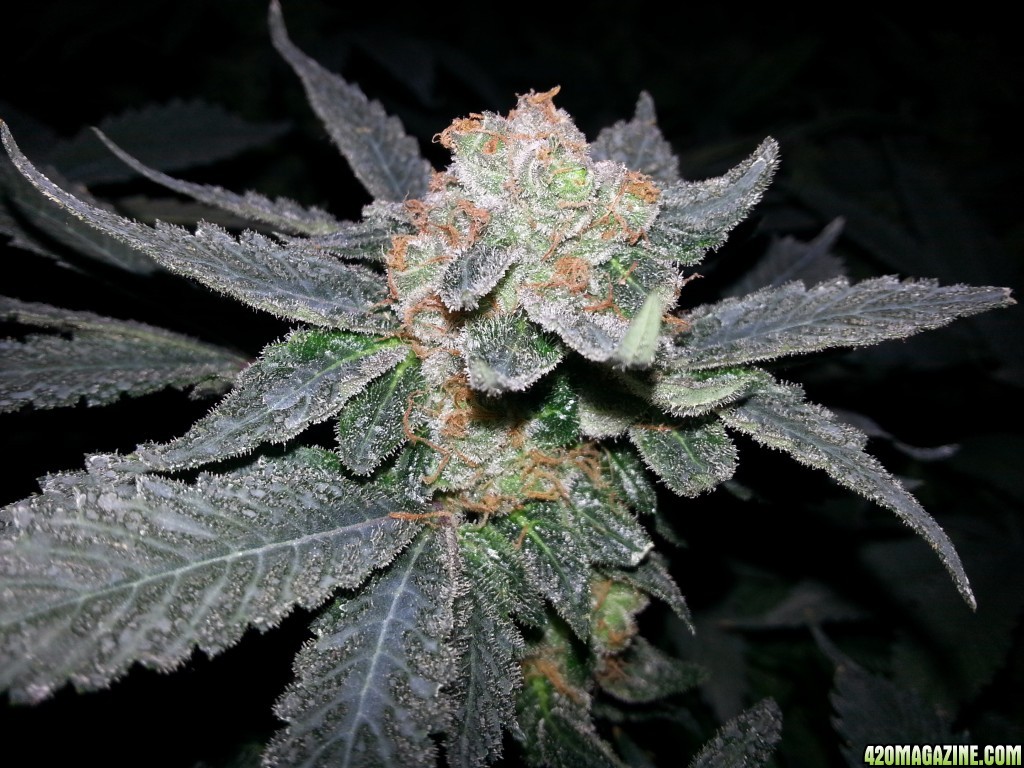
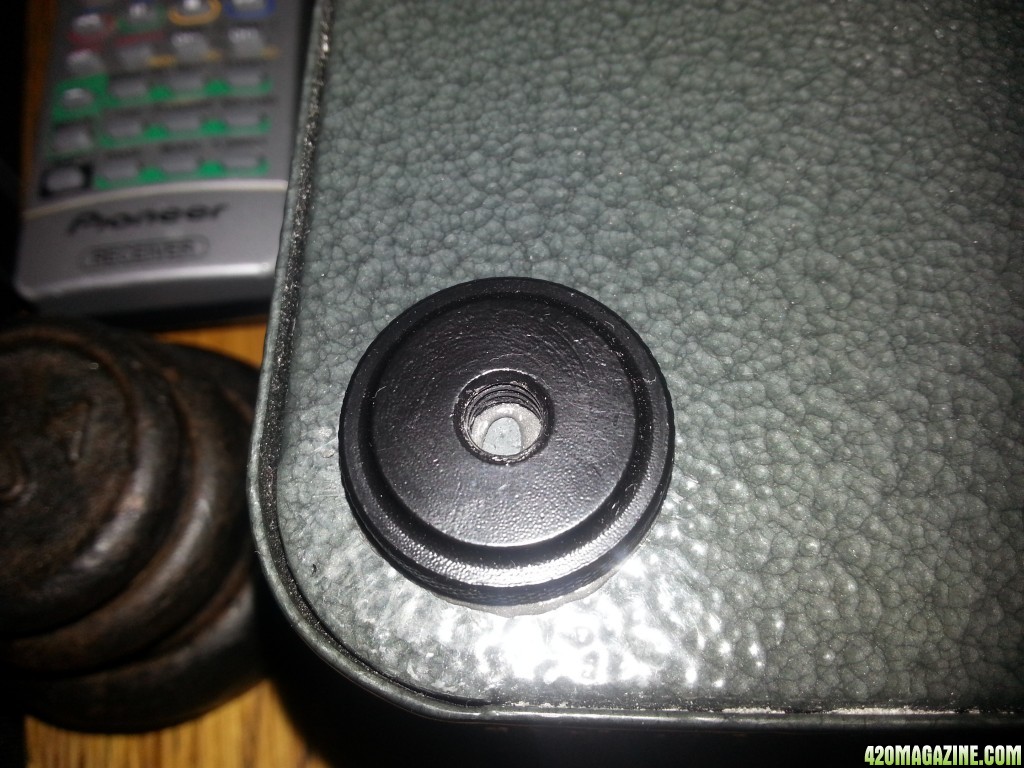
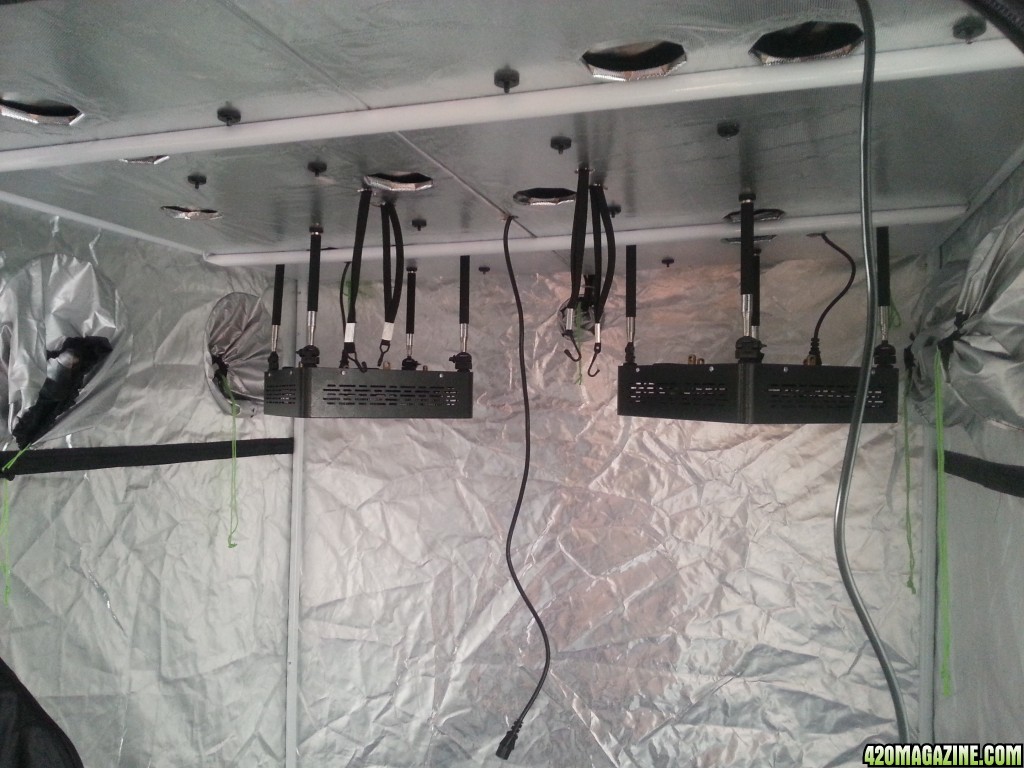
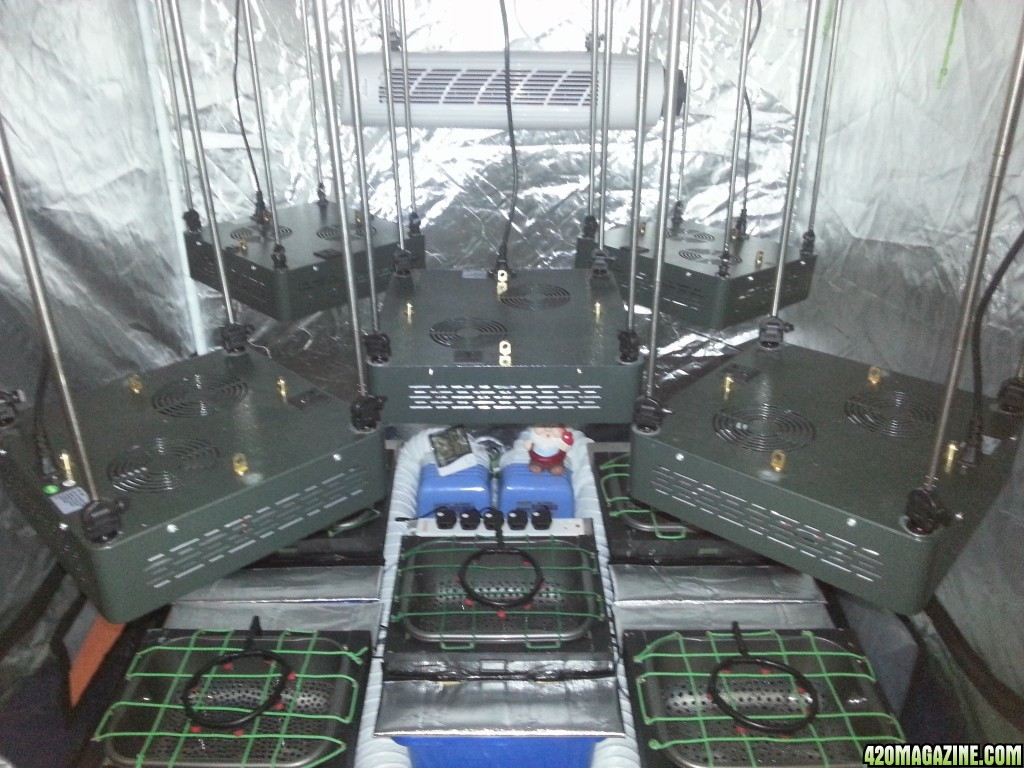
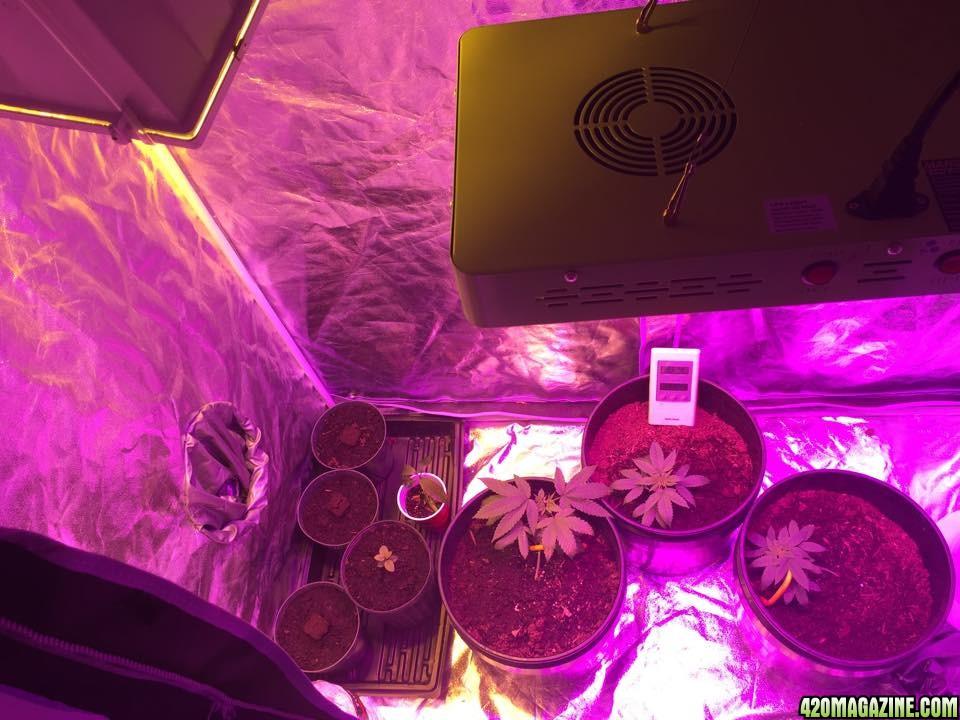


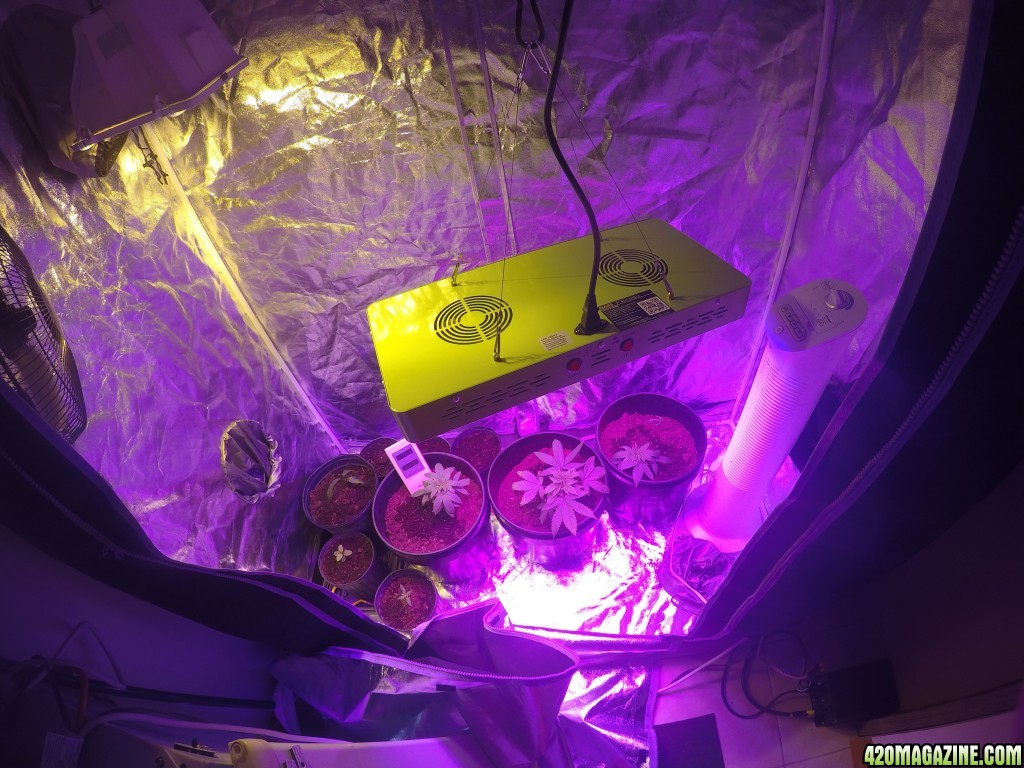
 The price will come down.
The price will come down.  I will keep in touch.
I will keep in touch.
